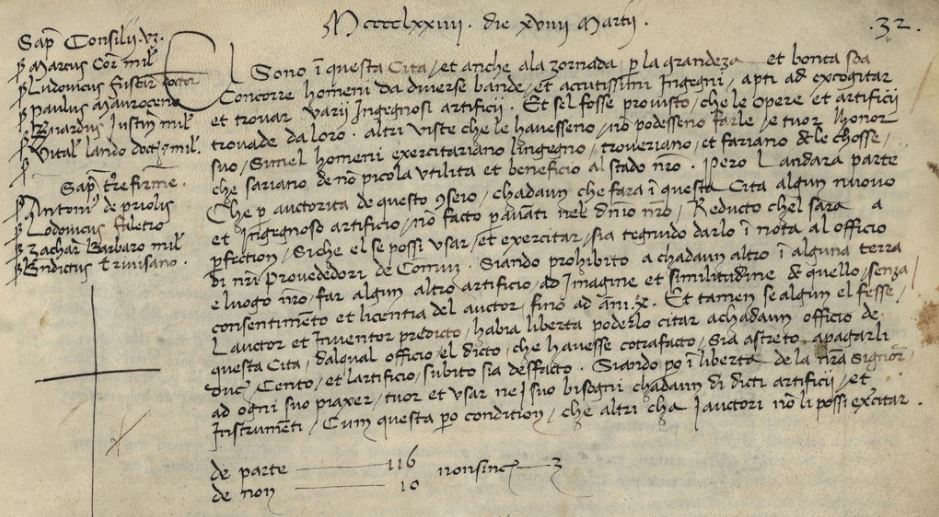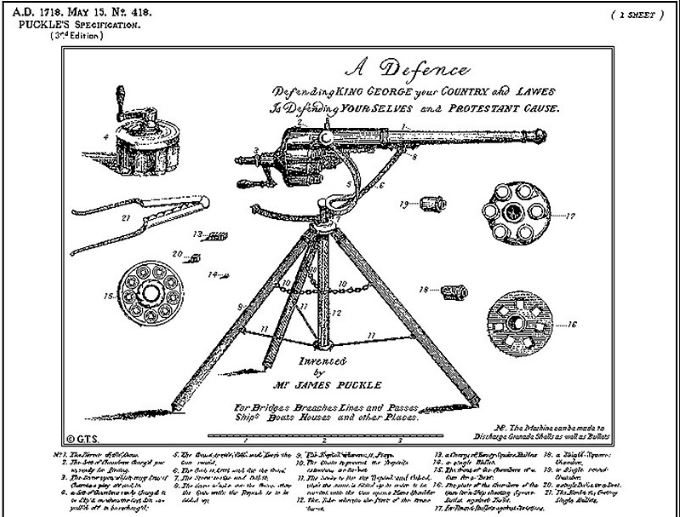A patent is a type of legal protection for intellectual property that gives the holder exclusive rights to control an invention’s production, use, and sale for a certain period. In return for these rights, the inventor must provide a detailed description of the invention. The enforcement of patent rights typically falls under private law, requiring the patent holder to take legal action against any infringement. While patents can be a crucial source of competitive advantage in certain industries, their significance may vary in others.
The process of granting patents, the obligations imposed on patentees, and the extent of exclusive rights granted differ significantly among countries due to national legislation and international agreements. Generally, a patent application must contain one or more claims that define the extent of protection sought. Multiple claims may be included in a patent, each specifying a particular property right.
The World Trade Organization’s (WTO) Trade-Related Aspects of Intellectual Property Rights (TRIPS) Agreement states that inventors should be able to get patents for their inventions in all areas of technology and in all countries that are part of the WTO. To qualify for a patent, the invention must be new, involves a unique and creative step, and be useful in the industry. However, each country might have its own specific rules about what can be patented, even among the countries that are part of the WTO. TRIPS also sets a minimum time of twenty years for how long a patent can be protected.
What Is An Abandoned Patent?
This refers to a situation where a patent application is no longer in progress. The applicant has either failed to respond to a communication from the United States Patent and Trademark Office (USPTO) or has deliberately chosen to abandon the application. Typically, before the USPTO grants a patent, the applicant receives various requests for changes or amendments known as office actions. If the applicant does not respond within the specified timeframe, the patent application is considered abandoned.
Another way a patent can become abandoned is if the applicant chooses not to pay the issuance fee. When the applicant decides not to pay this fee, the patent remains in a state of abandonment – without ever being officially granted by the USPTO. Often, applicants reach a point where they believe investing their time and money into pursuing the patent is not worthwhile. Consequently, they opt not to pay the issuance fee, leading to the abandonment of the patent application without it ever being granted.
A third scenario leading to an abandoned patent occurs after the USPTO grants the patent. In this case, the patent holder can abandon the patent by failing to pay the mandatory maintenance fees regularly. These fees are necessary to maintain the patent’s active status. Due to the expense involved, inventors often choose to avoid paying maintenance fees when they believe their invention is no longer profitable. As a consequence, the patent is abandoned, and the patent holder loses the ability to enforce their rights under the patent.
Can An Abandoned Patent Be Revived?
To revive an abandoned patent application, the applicant needs to demonstrate that the delay in filing was unintentional. Suppose the applicant was aware that their application was abandoned, and there was a significant delay before taking action. In that case, they must provide evidence to prove that the deferral was indeed unintended.
Typically, the USPTO sends a notice of abandonment to applicants to inform them of the situation. If the applicant claims that they never received the notice, it indicates an unintentional delay. However, the timing of the notice is crucial as it determines the promptness required in filing a petition to revive the abandoned patent application.
Nonetheless, it is important to note that intentionally abandoned applications cannot be revived. Therefore, if someone wishes to revive their patent application, they must ensure they have a valid explanation for the delay based on truthful and legitimate circumstances.
Applicants can revive their patent application by submitting an electronic petition to the USPTO. This involves paying a petition fee and responding to the most recent office action. Alongside the petition and fee, the applicant must include the declaration stating that the delay in responding to the USPTO’s office action was unintentional. If the USPTO finds the reason for the delay satisfactory, the applicant’s patent application will be revived.
Conclusion
Patents are essential for inventors as they secure their rights and allow them to reap the rewards of their creativity and innovation. However, the importance of patents may differ for each inventor as some may choose to abandon theirs — intentionally or not. For those who want to revive their abandoned patent applications, the process can be challenging and requires meeting specific conditions set by the United States Patent and Trademark Office (USPTO). Nonetheless, it is possible to regain the patent and enjoy its benefits again. Moreover, the decision to abandon a patent is not always straightforward and may depend on various factors, such as the cost of maintenance, the competitiveness of the market, or changes in the inventor’s business strategy.
Nevertheless, inventors should carefully consider the potential benefits and drawbacks of obtaining and maintaining a patent to make informed decisions. In the end, the patent system aims to encourage innovation and protect inventors’ rights. It also requires a balance between the inventor’s interests and the public’s access to knowledge and technology.


